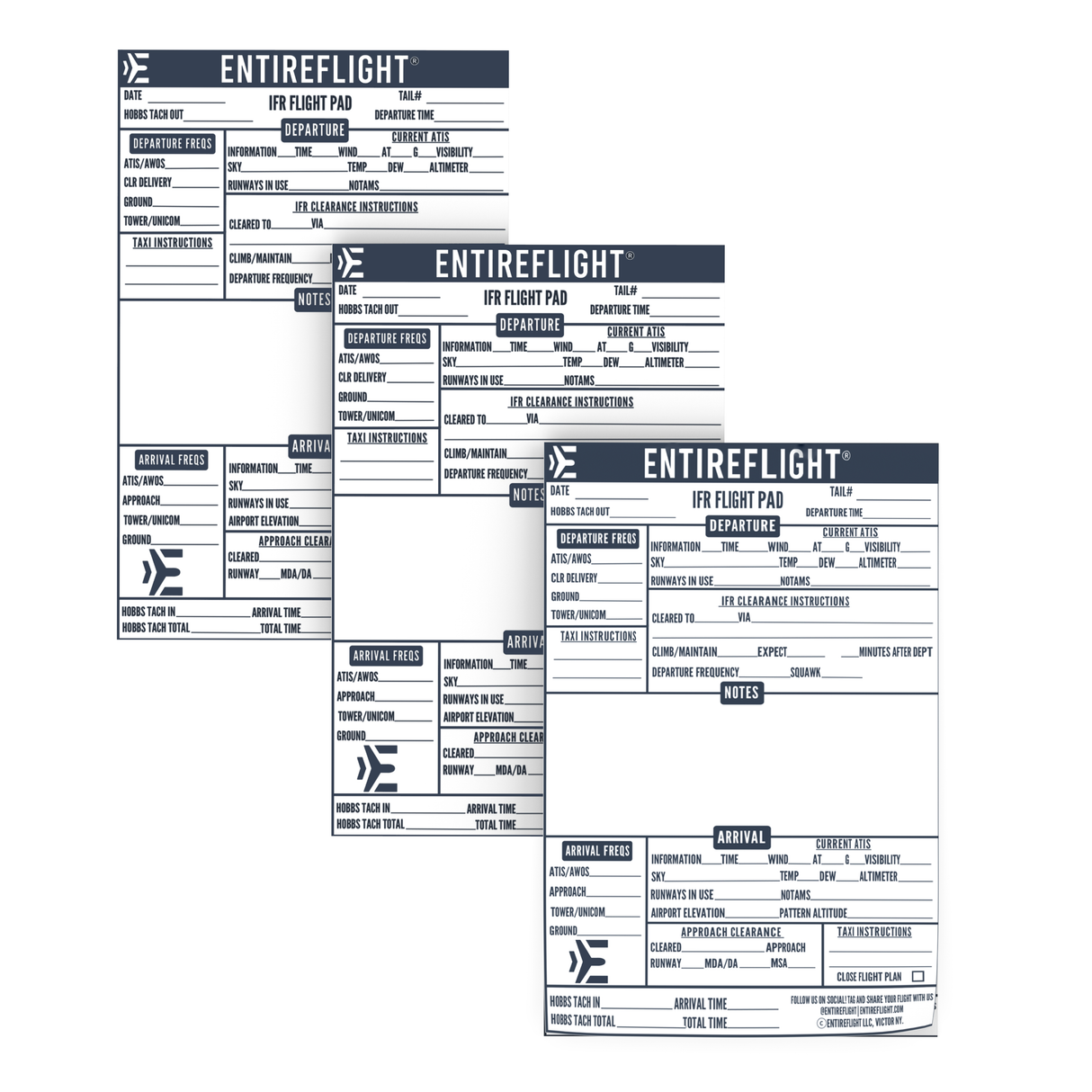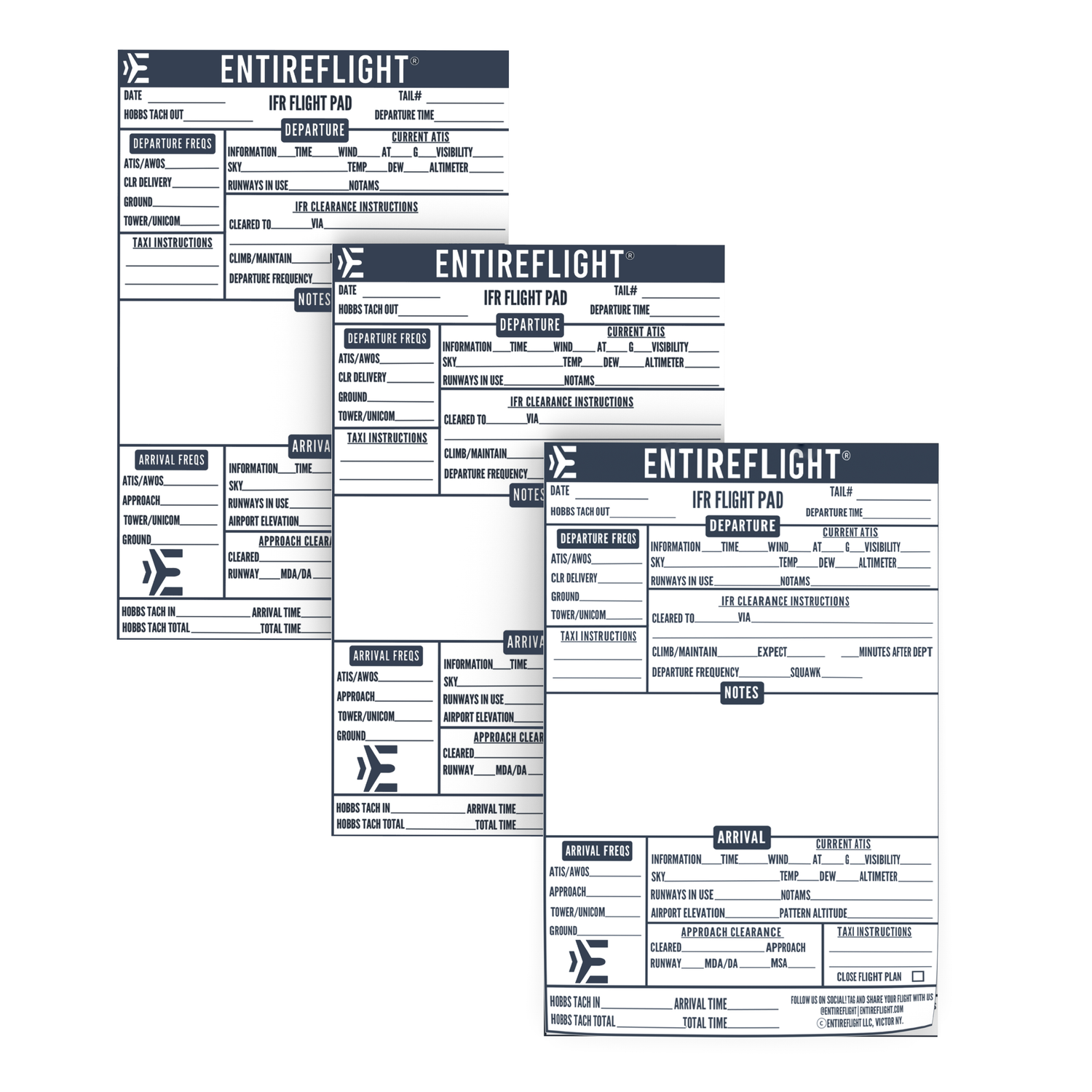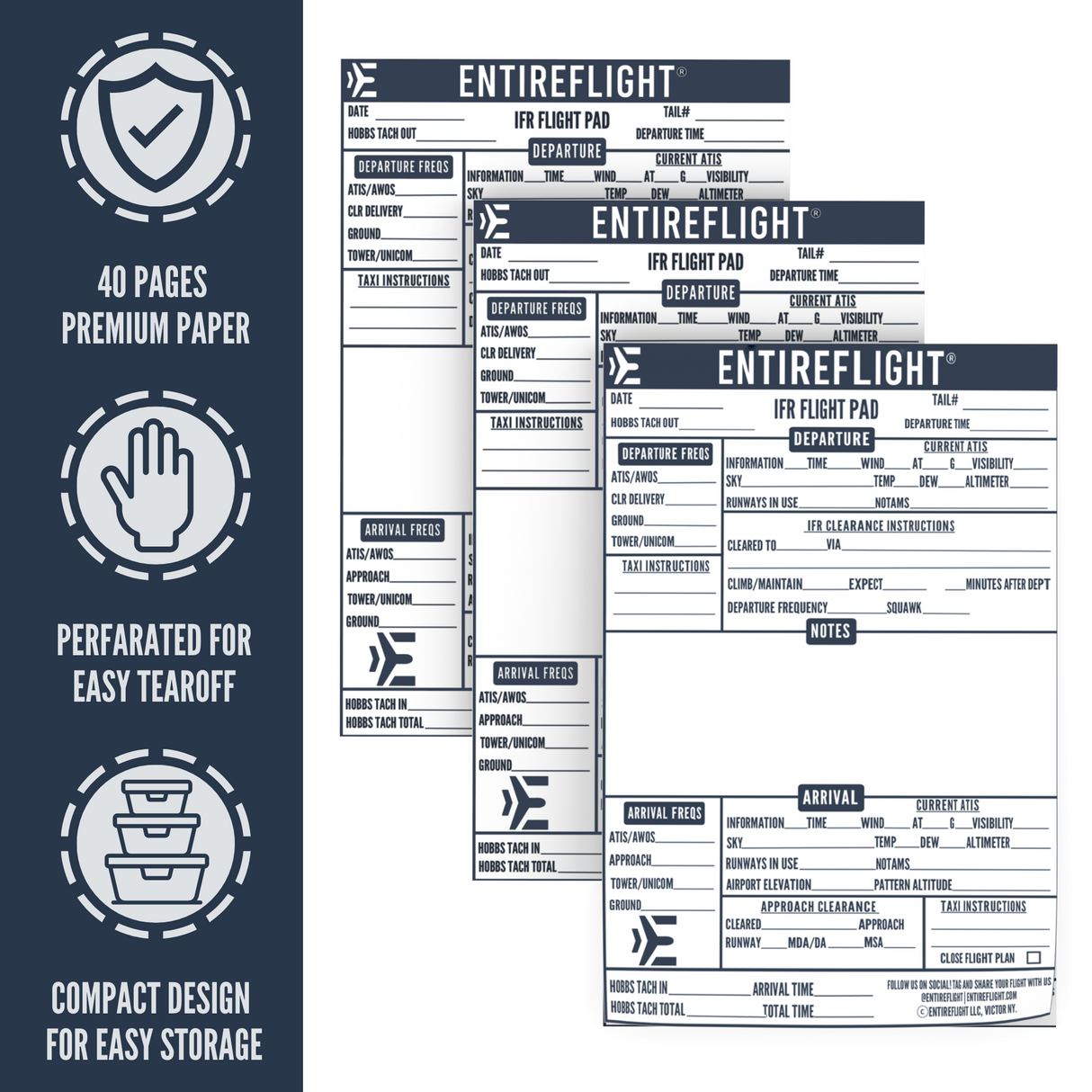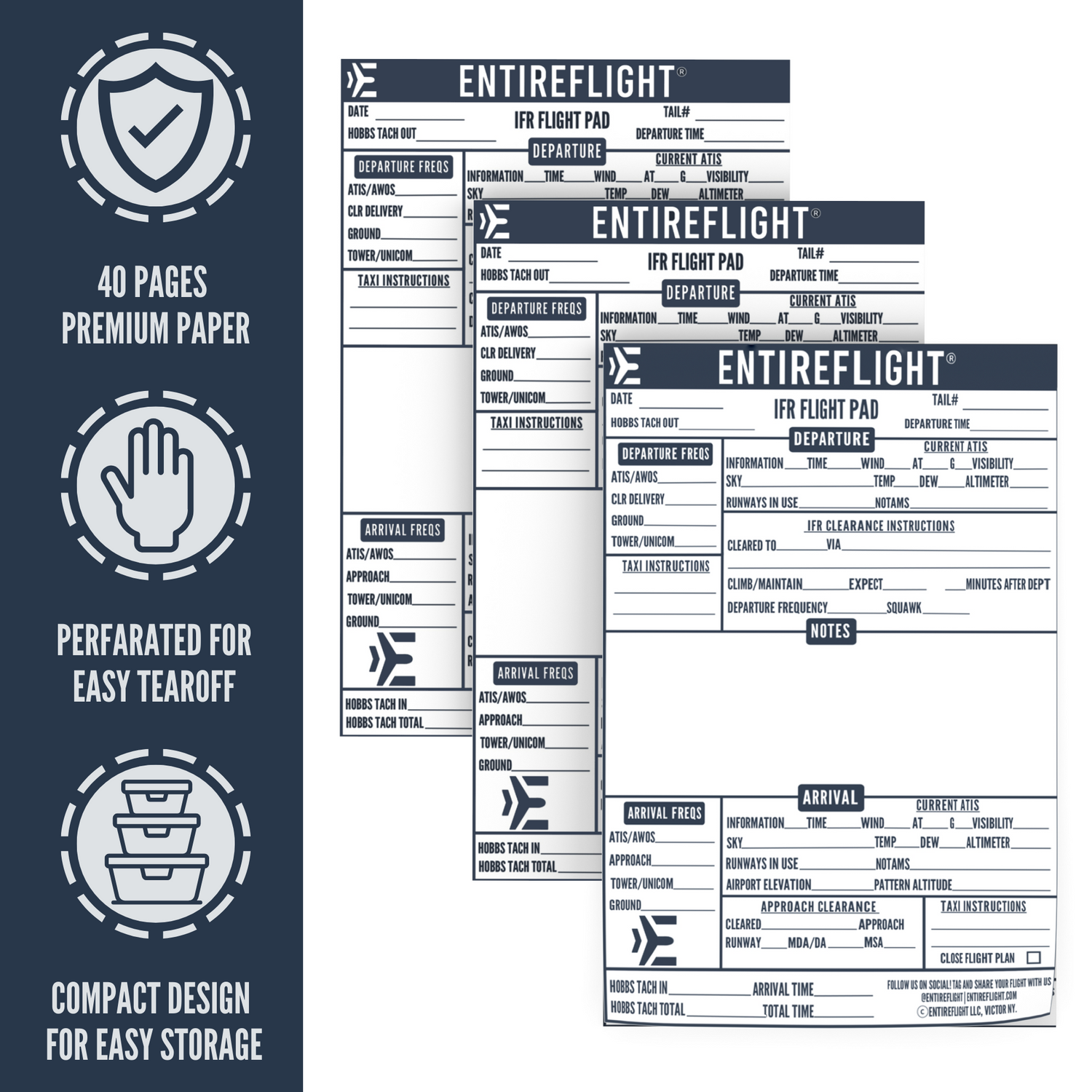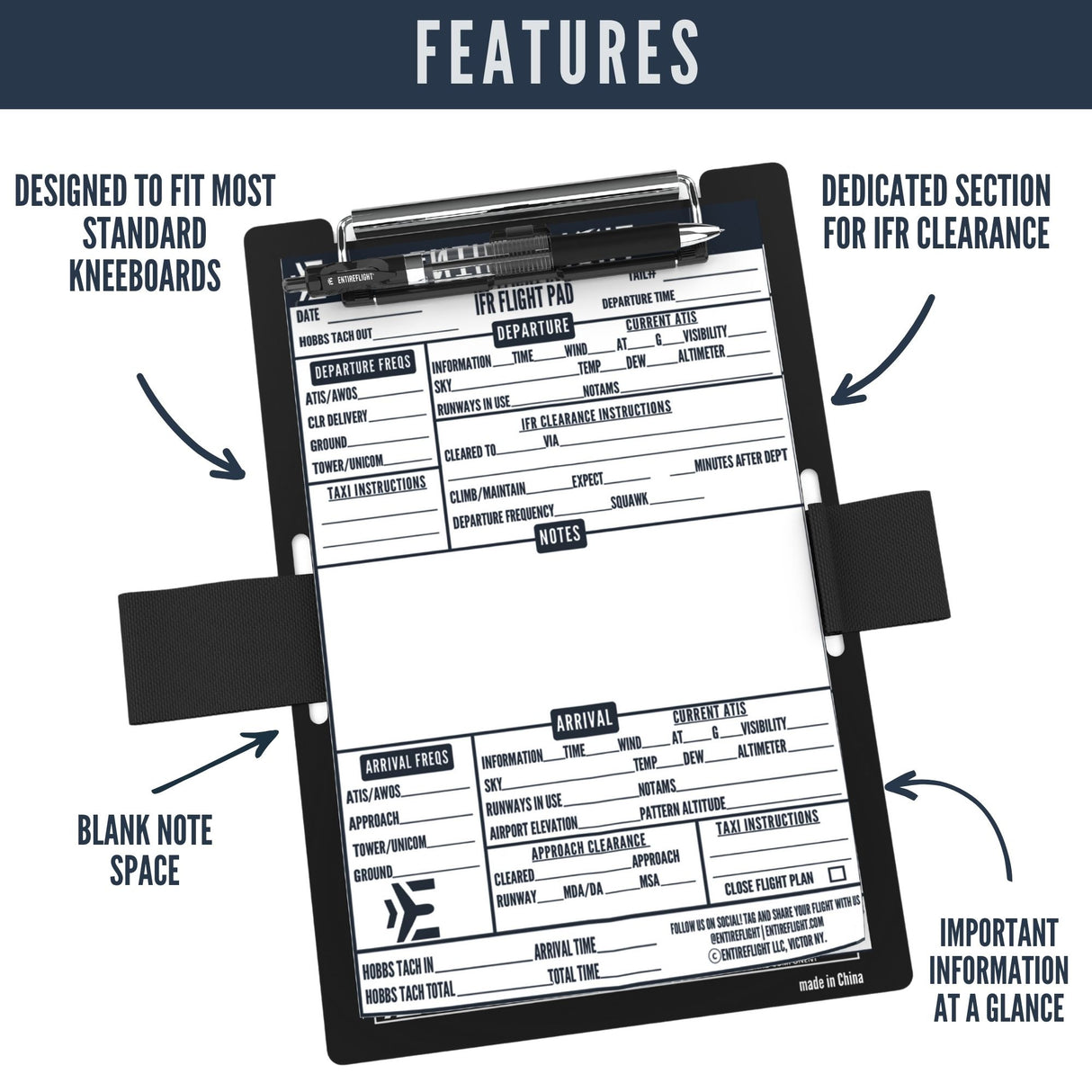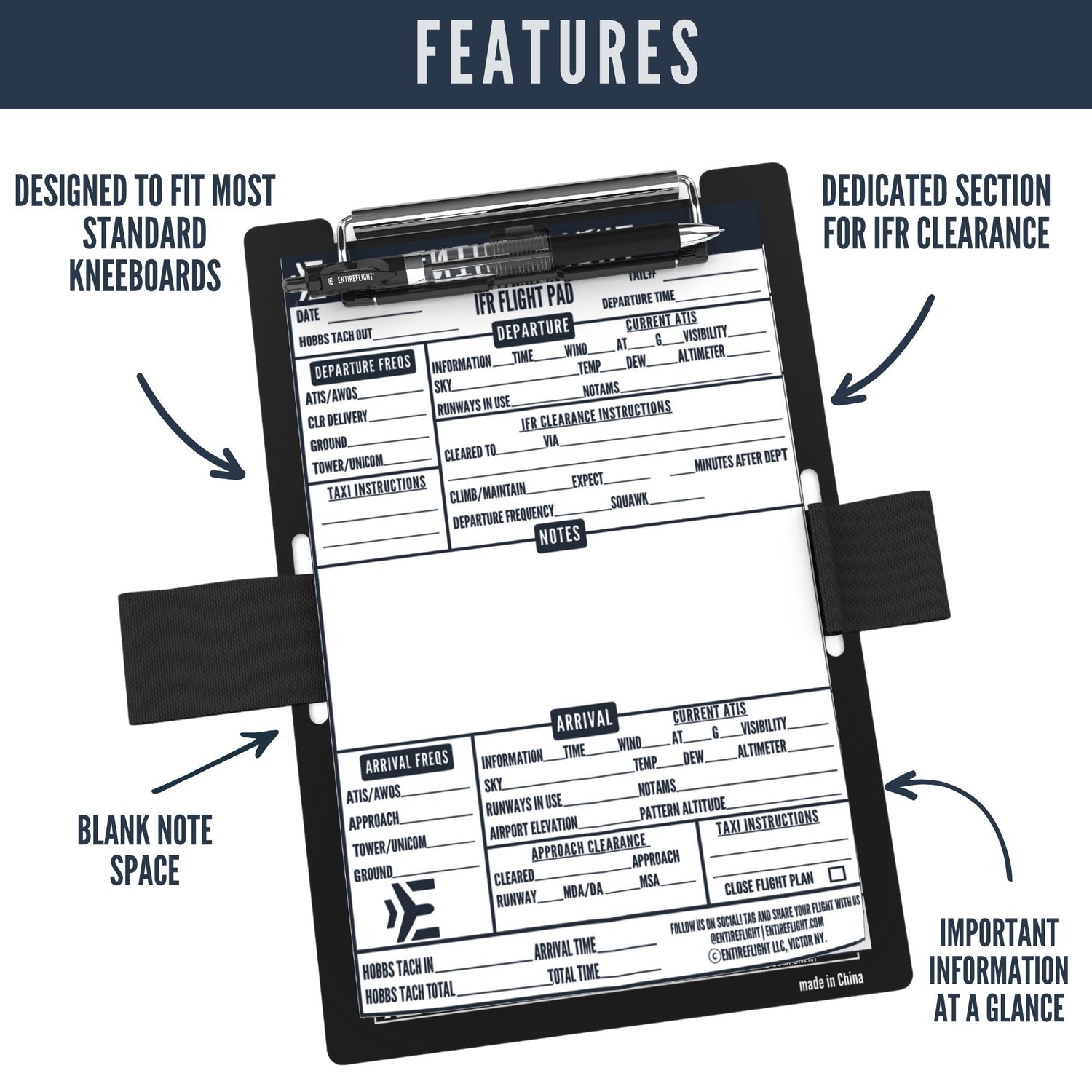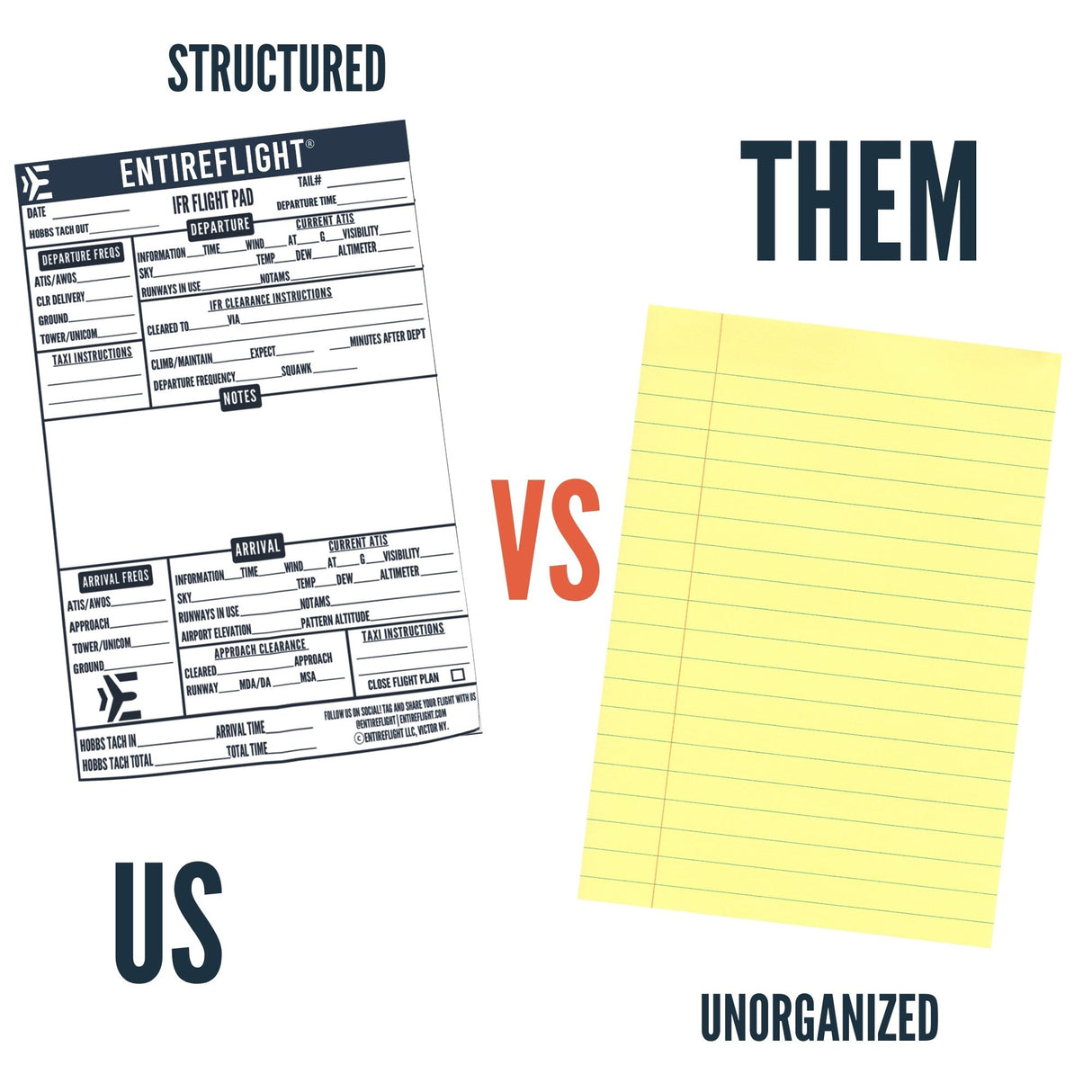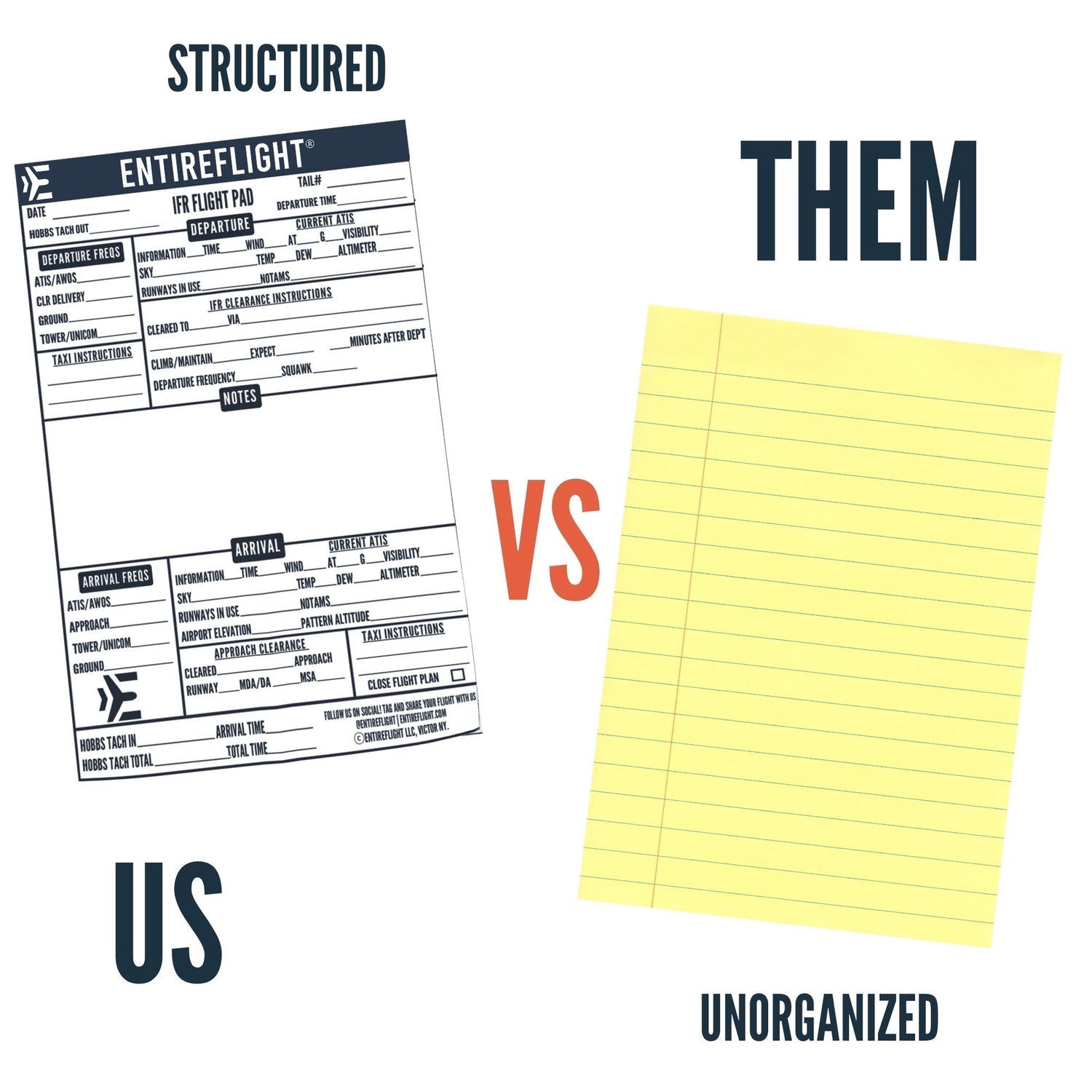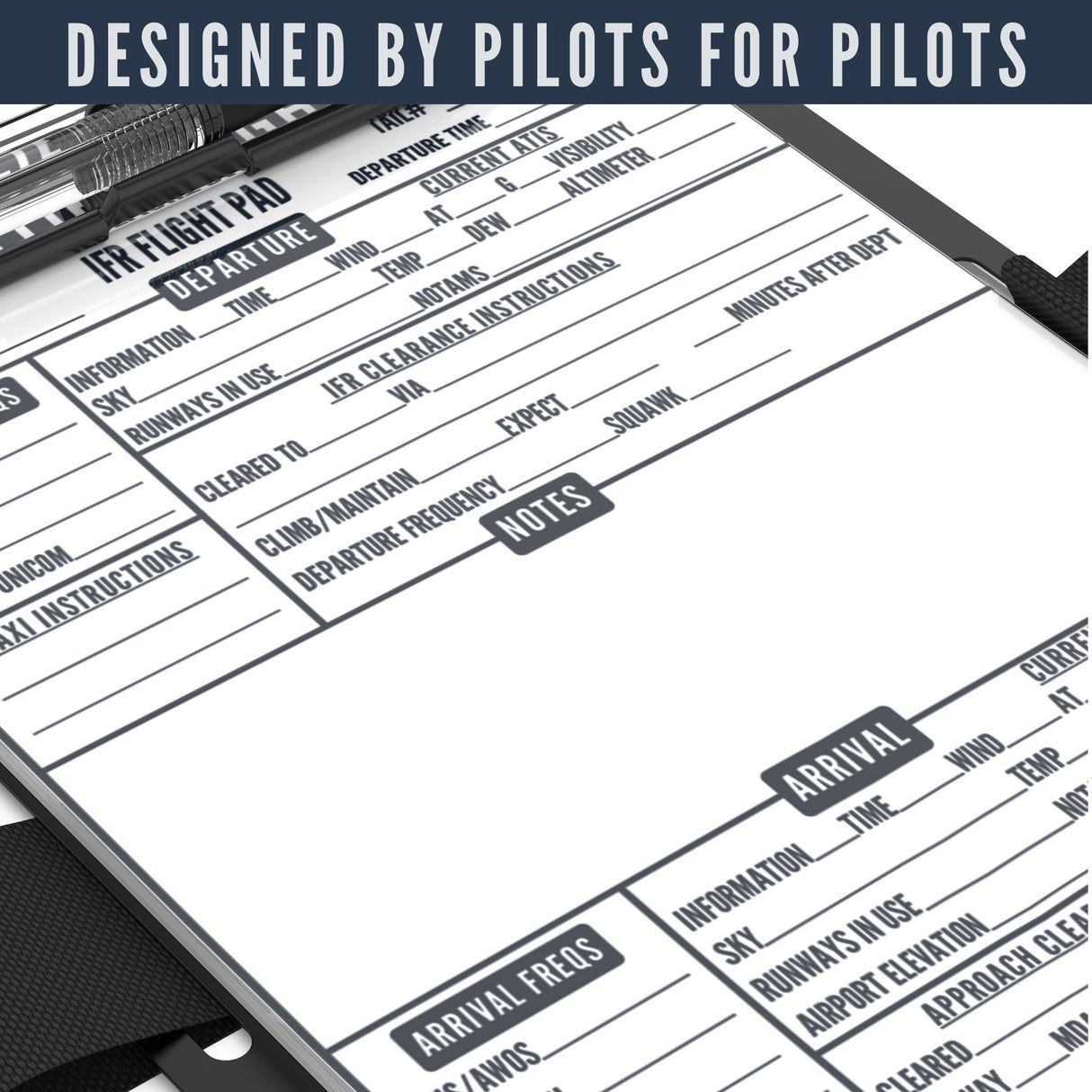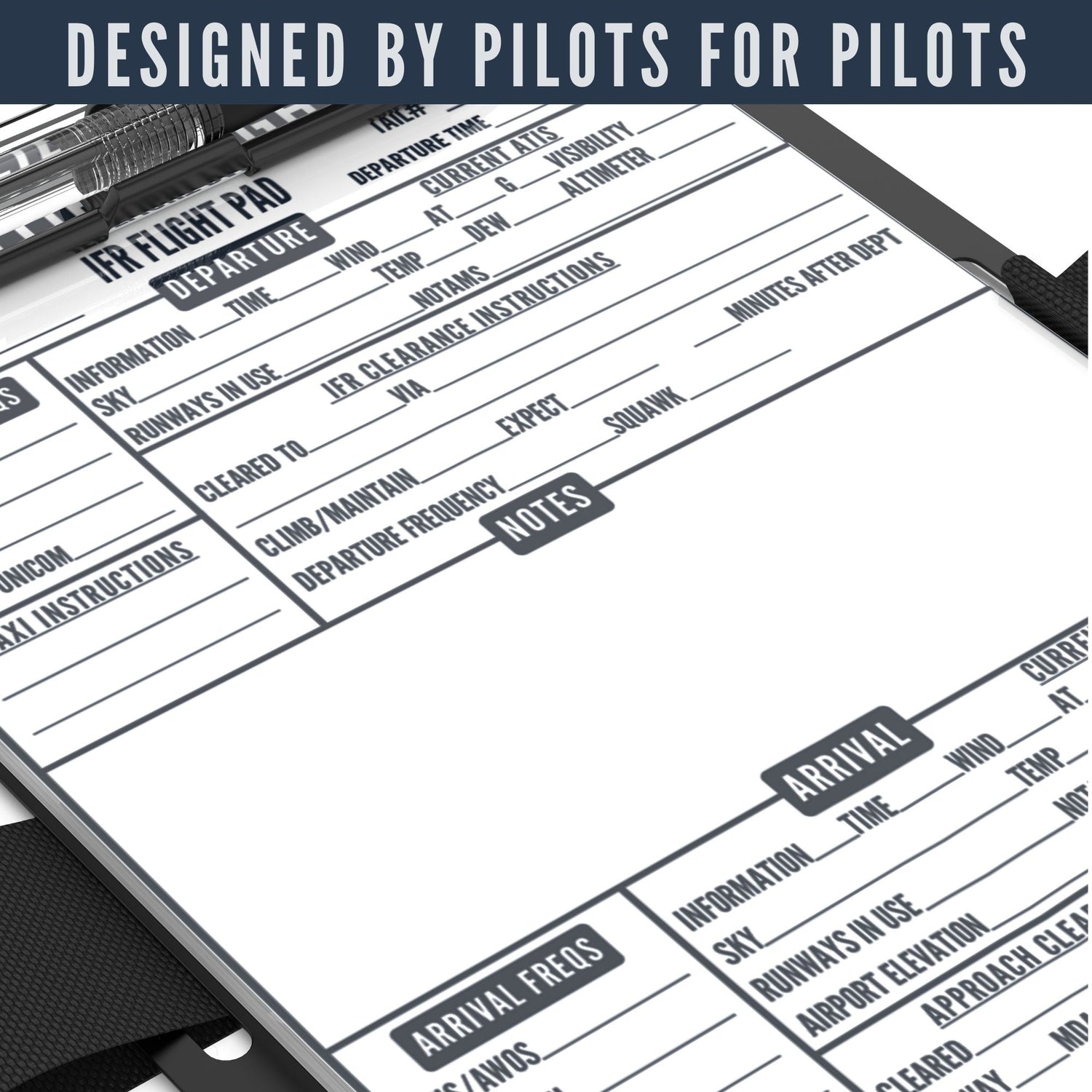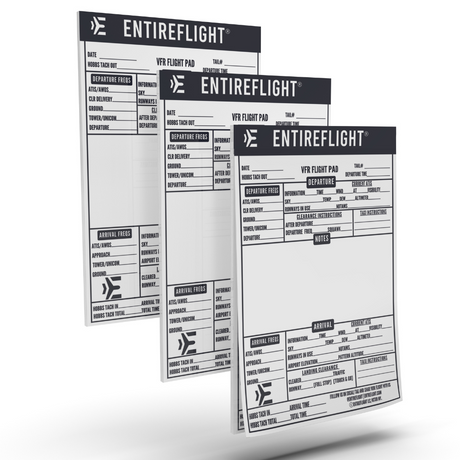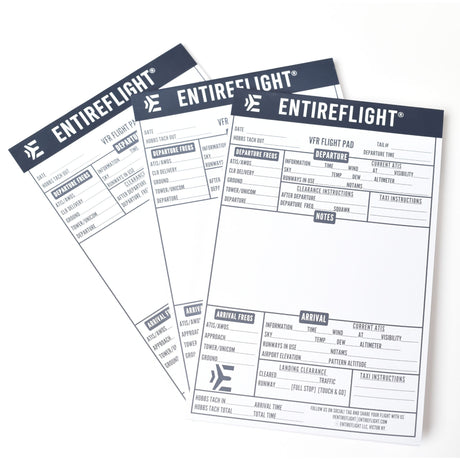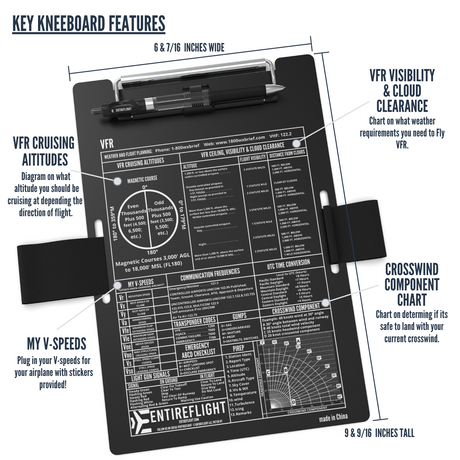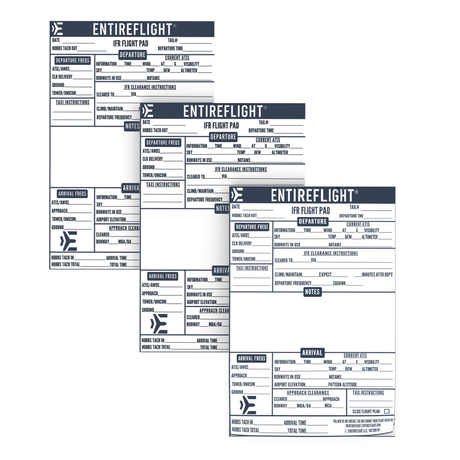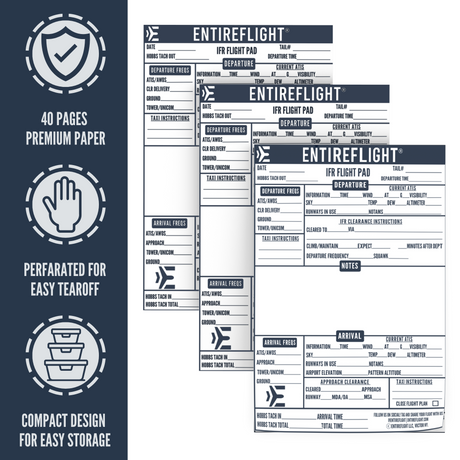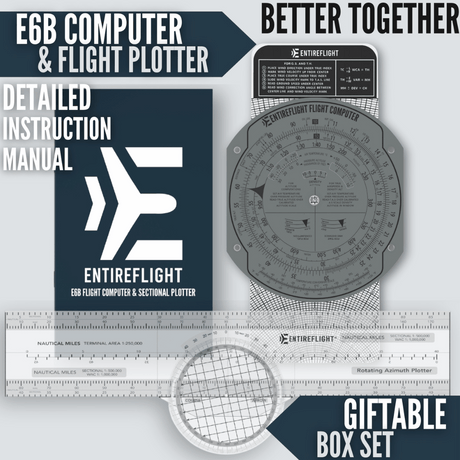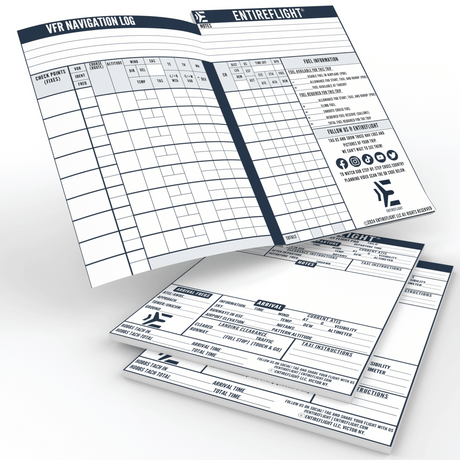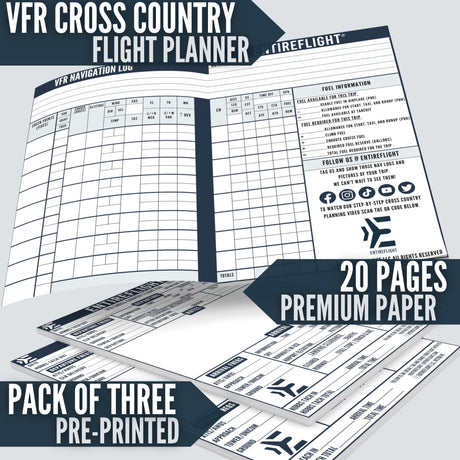So you want to become a pilot, but can't decide whether to become a private or commercial pilot? The difference between the two isn't just about the size of aircraft one is permitted to fly. If you just want to ferry your friends and family from here to there, a private pilot certificate allows you to enjoy weekend trips to the Hamptons, if that's what you prefer. On the other hand, if you plan to undergo pilot training in order to operate commercial aircraft, then it's necessary to obtain a commercial pilot's license. Keep in mind that there are different pilot licenses out there; in this article, we're only exploring private vs. commercial, although we do touch a little on recreational and sports as well.
This article will unpack everything you need to know about these two distinct paths - their roles, salaries, training and certifications, and more. Ready for take-off?
Commercial or Private Pilot? Which Type of Pilot Would You Like to Be? Differences Between Private and Commercial Pilots
Private pilots primarily fly for personal enjoyment and recreation, while commercial pilots are responsible for transporting passengers or cargo on scheduled flights. In other words, private pilots are not allowed to earn money from their license, but when you get a commercial pilot license, you can work as a pilot and develop a lucrative career as a pilot.
Job duties and responsibilities
Private pilots often handle smaller aircraft and their main role involves flying for personal enjoyment or to transport small groups of people. They are tasked with conducting pre-flight inspections, following a checklist that includes examining the jet's engines, instruments, controls, and safety equipment.
Navigating through airspace by referencing maps also falls under their responsibilities.
Commercial pilots on the other hand typically control larger aircraft such as airliners or cargo planes. Their duties include not only transporting passengers and goods over long distances but ensuring adherence to flight plans, communicating with air traffic controllers and monitoring onboard systems as well.
Commercial pilots must also respond swiftly in emergency situations to ensure passenger safety.
Salary and earnings
One of the major differences between private pilots and commercial pilots is in the area of earnings or salary. While private pilots generally do not earn a salary as they often fly for leisure or personal purposes, commercial pilots are professionally employed and typically earn a substantial income.
| Pilot Type | Average Annual Salary (USD) |
|---|---|
| Private Pilot | 0 - Their services are mostly voluntary as they fly for leisure |
| Commercial Pilot | $82,240 - This includes airline and non-airline commercial pilots |
These figures are averages and can vary greatly based on factors like years of experience, the employer's size, and the complexity of the aircraft being flown. As a rule of thumb, commercial pilots, especially those flying for major airlines, stand to earn significantly more than private pilots.
Training requirements and certifications
Standing out as a key difference between private and commercial pilots is the associated training requirements and certifications.
- Private Pilot License (PPL) mandates a minimum of 40 flight hours under FAA regulations, which includes at least 20 hours with an aviation specialist.
- PPL candidates must pass an FAA written test as well as a check - ride, essentially a practical exam overseen by an FAA examiner.
- To fly single - engine aircraft or execute visual flights without passengers, aspiring private pilots only need to obtain their initial certification.
- For those individuals looking to become commercial pilots, they must first secure their private pilot license.
- Commercial Pilot License (CPL) aspirants will then need to accumulate a minimum of 250 flight hours.
- The CPL also requires passing written and practical exams administered by the Federal Aviation Administration (FAA).
- If a commercial pilot wishes to fly scheduled flights for an airline, they will need an Airline Transport Pilot (ATP) certificate on top of their CPL.
- Lastly, additional training could be necessary depending on the wide variety of aircraft the pilot chooses to operate; each type may have its own specific qualifications needed.
Privileges and Limitations of Private Pilots - and the Difference From a Recreational Pilot License
Private pilots have restrictions on carrying passengers and cargo, but they enjoy the freedom of leisure and recreational flying in a wide variety of aircraft.
Types of aircraft they can fly
Private pilots and commercial pilots have different privileges when it comes to the types of aircraft they can fly.
- Private pilots are licensed to operate a wide variety of aircraft, including single - engine airplanes, helicopters, gliders, and hot air balloons.
- Commercial pilots, on the other hand, have the ability to fly larger and more complex aircraft. They are trained to handle multi-engine airplanes, jets, turboprops, and other advanced aircraft.
Restrictions on carrying passengers and cargo
Private pilots are limited in their ability to carry passengers and cargo. According to Federal Aviation Administration (FAA) regulations, private pilots can only fly small aircraft with a single engine.
This means they cannot transport a large number of passengers or heavy cargo. Instead, private pilots typically engage in personal enjoyment and recreation flying, taking friends or family members on leisure trips.
Their focus is more on the experience of flying rather than commercial transportation. These restrictions make becoming a private pilot cheaper and less time-consuming compared to the training requirements for commercial pilots who are responsible for scheduled flights and transporting passengers or cargo professionally.
Leisure and recreational flying
Private pilots enjoy the privilege of leisure and recreational flying, which allows them to fly for personal enjoyment and recreation. They have the freedom to explore a wide variety of aircraft, including single-engine planes, and can take pleasure in navigating the skies at their own pace.
Unlike commercial pilots who are primarily focused on scheduled flights and transporting passengers or cargo, private pilots have more flexibility in choosing when and where they want to fly.
This aspect of their role adds an element of excitement and adventure to their pilot careers, making it a popular choice for those who are passionate about aviation as a hobby.
A private pilot is not the same as a recreational pilot or a sport pilot
Recreational Pilot License: This is a more constrained version of the Private Pilot's license and is considered a step below it. It demands a minimum of 30 hours of flight training. Recreational Pilots are confined to aircraft with no more than 180 horsepower and can only ascend to a maximum height of 2000 feet above ground level. They need to hold a 3rd class medical certificate.
Usually, recreational pilots operate from their base airport, fly during daylight hours, and can bring along only one extra passenger.
On the bright side, acquiring a Recreational Pilot License costs less and requires less time. Furthermore, holders of this license can pursue additional training to gain more experience and flight hours, eventually earning their Private Pilot’s license.
Sport Pilot License: Introduced in 2004, this license type caters to those interested in piloting smaller, lighter one or two-seater aircraft that are easier to handle. The primary distinction between Sport Pilot and Recreational Pilot licenses lies in the kind of aircraft you can operate. Sport Pilots are restricted to aircraft with a lower take-off weight and no more than two seats, requiring a minimum of 20 hours of flight training.
Another major advantage for those seeking a Sport Pilot License is the absence of a requirement to secure a medical certificate – instead, a valid driver’s license suffices. However, the Sport Pilot License is more limited and carries more restrictions compared to the Private or Recreational licenses. For instance, Sport Pilots are not allowed to fly aircraft that weigh more than 1,3200 lbs at takeoff and landing, and 1,430 lbs for seaplane takeoffs.
Nevertheless, with advanced training, holders of a Sport Pilot license can undergo further flight training, pass an FAA Medical Exam, and ultimately obtain a Recreational or Private Pilot's license.
Privileges and Responsibilities of Commercial Aviation Pilots
Commercial pilots have the ability to fly larger and more complex aircraft, carry passengers or cargo, and are required to undergo additional training and certifications. Read on to learn more about the exciting world of commercial piloting!
Ability to fly larger and more complex aircraft
Commercial pilots have the privilege of flying larger and more complex aircraft compared to private pilots. This means they can operate planes that are equipped with advanced systems and have a higher passenger capacity.
With this increased capability comes greater responsibility, as commercial pilots are entrusted with the safe transportation of passengers or cargo. To handle these bigger planes, commercial pilots must undergo additional training and obtain specific certifications to meet Federal Aviation Administration (FAA) regulations.
The ability to fly larger aircraft opens up opportunities for commercial pilots to work for airlines or other aviation companies that require them to pilot these types of planes on scheduled flights.
Responsibilities for transporting passengers or cargo
Commercial pilots have the important responsibility of transporting passengers or cargo safely and efficiently. They are entrusted with the lives and well-being of those on board, ensuring a smooth and comfortable flight from takeoff to landing.
Commercial pilots must adhere to strict regulations set by the Federal Aviation Administration (FAA) regarding flight operations, safety measures, and emergency procedures. They are responsible for conducting pre-flight checks, monitoring weather conditions, communicating with air traffic control, and executing flight plans.
Additionally, commercial pilots must also ensure that all necessary documentation and clearances are obtained before transporting passengers or cargo. Their expertise in navigation systems and aircraft operations play a vital role in delivering goods or passengers to their destinations on time while prioritizing safety above all else.
Additional training and certifications required
Commercial pilots must undergo additional training and earn specific certifications in order to advance their career. This includes:
- Instrument Rating: Commercial pilots need to obtain an instrument rating, which allows them to fly an aircraft solely by reference to instruments when visibility is poor.
- Multi-Engine Rating: Commercial pilots are required to get a multi-engine rating, enabling them to operate aircraft with more than one engine.
- Airline Transport Pilot (ATP) Certificate: To become an airline pilot, commercial pilots must acquire the ATP certificate, the highest level of pilot certification. This requires meeting strict flight hour requirements and passing written and practical exams.
- Upgrading Certifications: As a commercial pilot progresses in their career, they may pursue additional certifications for specific types of aircraft or operations. For example, they might obtain certifications for flying helicopters or conducting aerobatic maneuvers.
- Continuing Education: Commercial pilots must also engage in ongoing education and training to stay current with new regulations and advancements in aviation technology. This includes attending recurrent training courses and staying up-to-date on any changes issued by the Federal Aviation Administration (FAA).
Should You Get Your Commercial Pilot License? Or Your Private Pilot License?
Consider factors such as personal goals, job market trends, and opportunities for career advancement when deciding between a private or commercial pilot career.
Factors to consider when deciding between private and commercial pilot careers
Consider the following factors when deciding between a private pilot career and a commercial pilot career:
- Personal goals and preferences
- Opportunities for career advancement
- Job market and industry trends
- Salary and earnings potential
- Training requirements and certifications needed
- Duties and responsibilities of each role
- Privileges and limitations of each type of pilot license
- Types of aircraft you enjoy flying or are interested in operating
- Level of involvement in scheduled flights or aviation operations desired
Personal goals and preferences
When considering a career as either a private pilot or a commercial pilot, personal goals and preferences play a significant role in the decision-making process. Private pilots often choose this career path due to their passion for flying and desire for personal enjoyment and recreation.
They can fly a wide variety of aircraft, ranging from single-engine planes to more complex models. On the other hand, commercial pilots have the privilege of flying larger and more advanced aircraft, along with the responsibility of transporting passengers or cargo on scheduled flights.
The choice between these two paths depends on individual aspirations, whether they prioritize leisurely flying or seeking opportunities for career advancement within the aviation industry.
Opportunities for career advancement
Pursuing a career as a commercial pilot can provide exciting opportunities for career advancement. As you gain experience and accumulate flight hours, you can progress to higher positions within the aviation industry.
Many commercial pilots start their careers with regional airlines and then move on to work for major airlines, which offer more competitive salaries and benefits. Additionally, there are opportunities to specialize in specific areas such as cargo or corporate flying.
With the right qualifications and certifications, there is potential for growth in leadership roles or even becoming a chief pilot. The aviation industry is constantly evolving, creating new possibilities for professional development and upward mobility in your pilot career.
Job market and industry trends
The job market for both private and commercial pilots is currently showing positive growth. The aviation industry is expanding, resulting in an increased demand for qualified pilots.
With the rise of low-cost carriers and the growing need for air travel, there are numerous opportunities available in both sectors. Commercial pilots may find more job openings with airlines, while private pilots can explore options such as charter services or corporate flying.
Staying updated on industry trends, advancements in technology, and regulatory changes will help aspiring pilots make informed decisions about their career paths.
Conclusion: Private Pilot Certificate vs. Commercial Pilot Certificate - It's All Up to You
In conclusion, choosing between a private pilot and commercial pilot career path depends on several factors such as personal goals, preferences, job market trends, and opportunities for advancement.
Private pilots have the privilege to fly a wide variety of aircraft for personal enjoyment and recreation, while commercial pilots can operate larger and more complex aircraft and have responsibilities for transporting passengers or cargo.
Ultimately, deciding which path to pursue requires careful consideration of these factors along with an understanding of the training requirements and licensing regulations set forth by the Federal Aviation Administration (FAA).

